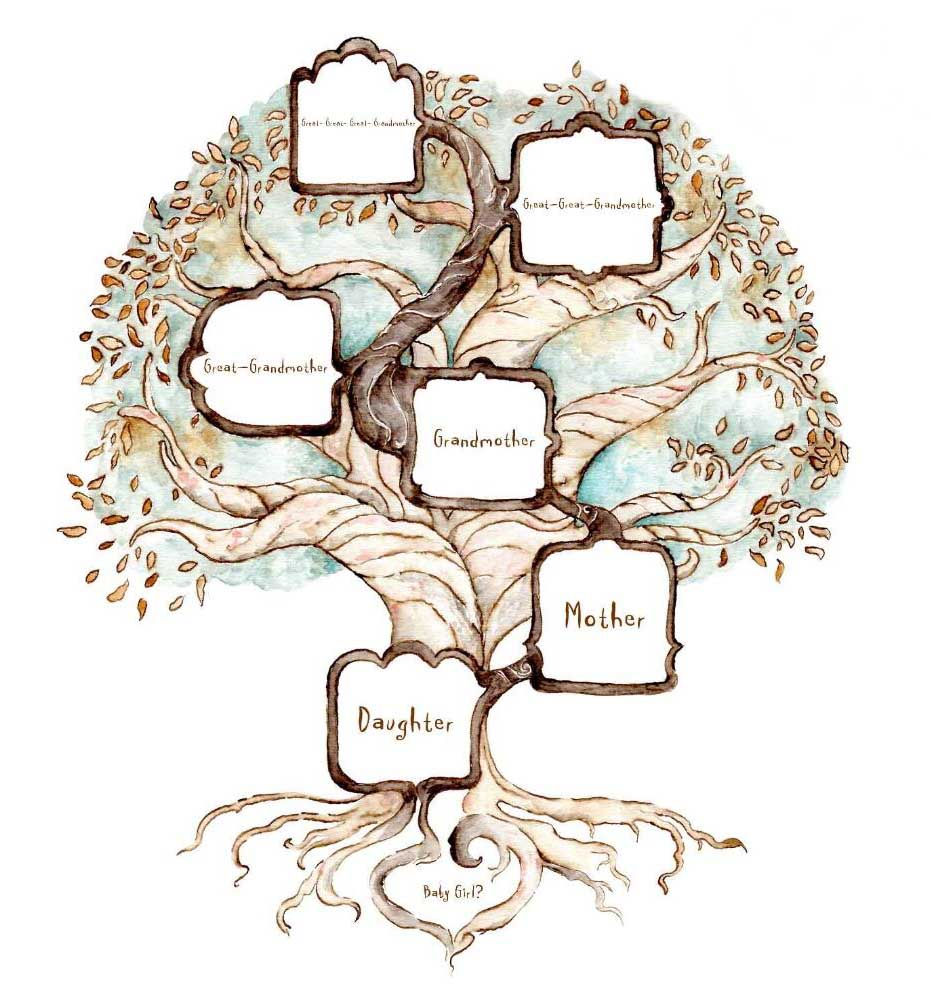Dragon Sagas in Glarus
- Patrick

- Dec 29, 2018
- 3 min read
Updated: Oct 31, 2019
Karen, a dedicated visitor of my website motivated me to find out if there are dragon legends in Glarus - and there are some.

The popular western image of a dragon as winged, four-legged, and capable of breathing fire is an invention of the High Middle Ages based on a conflation of earlier dragons from different traditions. In western cultures, dragons are portrayed as monsters to be tamed or overcome, usually by saints or culture heroes, as in the popular legend of Saint George and the Dragon. They are often said to have ravenous appetites and to live in caves, where they hoard treasure. These dragons appear frequently in western fantasy literature, including The Hobbit by J.R.R. Tolkien, the Harry Potter series by J.K. Rowling, and A Song of Ice and Fire by George R.R. Martin.
The word dragon entered the English language in the early 13th century from Old French dragon, which in turn comes from Latin: draconem meaning "huge serpent, dragon".
Dragon-like creatures appear in virtually all cultures around the globe, also in Switzerland. The most known one in Switzerland is the dragon from Beatenberg, where monk Beatus fought a dragon in the St. Beatus Caves, near the village of Beatenberg. But also Glarus has its dragon legends: One about the Dragon in the Schwändital and the other one about the Dragon who caused the Rock Hole at the Mürtschenstock.
The Dragon in the Schwändital
Among the Glarus sagas, the dragon in the Schwändital is one of the lesser known. In the Schwändital above Näfels, a mysterious glowing dragon-stone was found, remnants of a life-and-death struggle between the robber-knight Arved and a fire dragon.
Fire and smoke snorted the dragon, who many generations ago made the Schwändital near Näfels unsafe. The mountain people left their houses and the farmers left their huts. The wild hay became overripe, because no farmer dared to go up. Even the hunters avoided the disreputable valley. Although a high price for the dragon slayer was exposed, but until now everyone had preferred life to the money.
Arved, a poor knight, who had lost his reputation, heard of the need in the Schwändital. He decided to fight the dragon to regain his honor through this exploit. Armed with a sword and a stick surrounded by thorns, he left the village, accompanied by the wishes of the locals.
Soon he had discovered the dangerous worm that opened its throat and spit flames and sparks. But the knight held the stick with the thorns in front of him, rushed straight to the dragon and stuffed the thorn-wipe into his throat. This food was too rough even for a dragon. He rolled in fright. Then he reared up to attack the knight. But he had taken care of himself, grabbed his sword and cut off the wild head of the monster.
Unfortunately, the valiant did not receive the prize, because a drop of the poisonous dragon's blood had touched him, so that he had to die soon. At the very back of the Schwändital, a memorial stone was set for the intrepid, foreign knight, but it can no longer be seen today.

The legendary rock hole on the Mürtschenstock
Once upon a time there was a dragon of enormous strength. The monster spent many centuries trapped in the soil of northern Glarus. One day - as legend has it - the dragon found its way through a crater above Quinten. Immediately the dragon spread his wings and swung off in the direction of Mürtschenstock. As he was in a hurry, the dragon made no effort to fly around the mountain. Even today, a hole shows the spot where his head pierced the rock.
Rock holes are mystical. Rock holes are entwined with stories. People have always been fascinated by rock holes. Especially when the sun shines through. One of the most famous Swiss rock holes is the Elmer Martinsloch. So far less well known is the hole in the Stocklochwand in the Mürtschenstock massif on the Kerenzerberg. This hole is 11 meters high, 15 meters wide and sloping towards the north. Twice a year, the sun shines through the hole for four days each: a magical event for the mountain people every time. In autumn the big darkness is announced, in the spring the awakening from hibernation. In Mühlehorn, the sun even illuminates the golden ball of the church tower in November and February. A quiet nature spectacle, not only for amateur photographers.


The Italians would say: se non è vero, è ben trovato (even if it is not true, it is a good story).



Comments